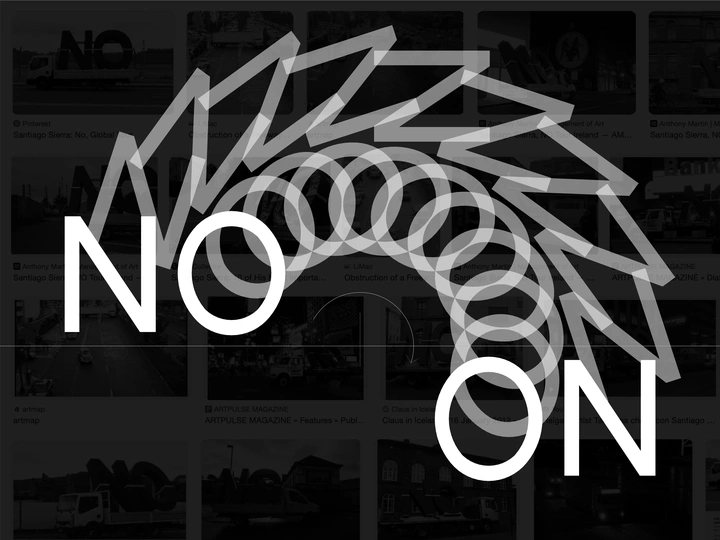NO → ON. Ready-made in Architecture

I am a Portuguese architect with professional experience in both Portugal and Sweden. Currently, I am a PhD candidate at the EAAD - School of Architecture, Art and Design, University of Minho (Portugal) and a member of the research group Lab2PT - Landscape, Heritage and Territory Laboratory, where I conduct research at the intersection of architectural practice, art, and critical theory.
My academic background includes a Master’s degree in Architecture from the Faculty of Architecture of the University of Porto (Portugal) complemented by periods of study at the Universität der Künste Berlin and at the Technische Universität Berlin (Germany).
I co-founded ORA Collective, a practice that emphasizes reality through ephemeral installations (https://oracollective.weebly.com/about.html).
I have also contributed to editorial and research initiatives, having served as editor of the project “Dédalo 2017, Processos de Criatividade. sujeito - disciplina - circunstância” and having participated in the research project “Prática(s) de Arquitetura: projeto - investigação – escrita” (https://repositorio-aberto.up.pt/bitstream/10216/147895/2/609487.pdf).
My practice, research, and living between a city and a depopulated rural area have increased my interest in spatial, social, and environmental justice. This position has led me to develop a strong interest in anti-extractive practices, exploring approaches to architecture and spatial design that resist the exploitation of resources, territories, and communities, while promoting forms of engagement that are ecological, inclusive, and socially transformative.
+ info:
https://tiagoascensao.weebly.com/about.html
What if architecture stopped digging, cutting, and extracting?
What if we built only with what already exists?
This question challenges the dominant model of endless physical construction driven by neoliberal economic demands and extractivist logics. The current infinite development model leads to overexploitation and the creation of unnecessary elements. Urgently, architecture must adopt alternatives that reject resource exploitation—whether material, energetic, or human. In the face of planetary-scale ecological crises, architecture must redefine its practice.
The possibility of architectural solutions that maintain the exact physical reality of spaces, focusing on intellectual and perceptual construction rather than on physical interventions is tested using the principles from Ready-Made art. Ready-Made in architecture proposes building not by physical construction, but by reusing and reinterpreting existing spaces. This transdisciplinary framework challenges extractivist tendencies and reframes material flows, positioning architecture as a mediator between present realities and future possibilities.
The present state of spaces and their intrinsic qualities, and the perceptions formed around them, are valued. Instead of building anew, transformation happens through re-signification—where choice becomes design, re-signification replaces demolition, and perception becomes a form of construction.
This methodology prioritizes the act of choice over drawing as the core architectural tool, fostering critical reflection and re-signification. Combining practical case studies with theoretical development, it creates a new vocabulary and expands the discipline’s scope. It calls for a fundamental shift in attitude towards the built environment, integrating re-signification into architectural production systems. By adopting this vocabulary, architecture can broaden its field and respond effectively to the climate emergency—recognising reality as a living work of art.